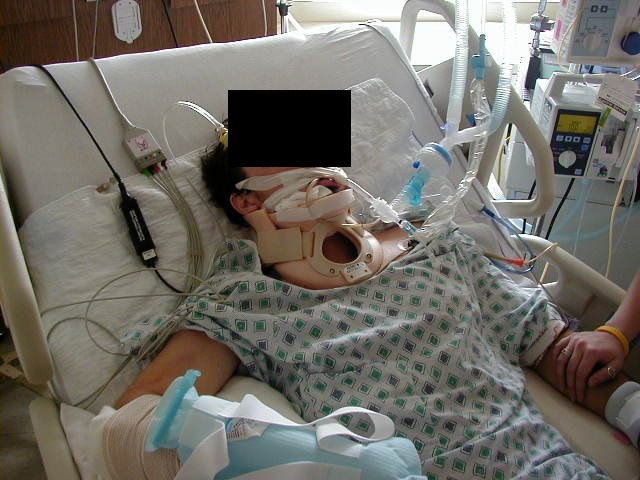Multi-System Trauma
Published .
The problem is people with multiple injuries are really not in a position to explain what happened, even if it appears that mechanism of injury wasn’t that big of a deal.

When patients have sustained multiple injuries from the same mechanism of injury, the index of suspicion for invisible life threatening injuries should be increased. In other words, any combination of burns, bleeding, or broken bones should lead the medics to expedite transport. The presence of multi-system trauma outside of the presence of a serious mechanism of injury requires the medics to re-evaluate the mechanism of injury. Did the patient really just fall off the porch? Was the car accident really just a fender bender if the patient has sustained a bleeding wound to the face and a broken femur? Was it just a burn if the patient also has a broken arm (maybe it was an explosion)?
A broken leg is debilitating enough, but add to that a burn or serious blood loss and the patient has recipe for certain death. Transporting patients with multi-system trauma to the local hospital may not be in the patient’s interest if the patient can be transported (or even flown) to a distant trauma center where a team of doctors, surgeons, nurses, medical imaging specialists, and the resources could be standing by. These are the types of decisions that are made by medics everyday.
The mechanism of injury is the first clue as to the nature and severity of injuries the patient has sustained. If the patient was injured with a significant mechanism of injury, but there are not obvious injuries, the patient could have multiple internal injuries (which are worse because the injuries have to be found, assessed, then treated).
